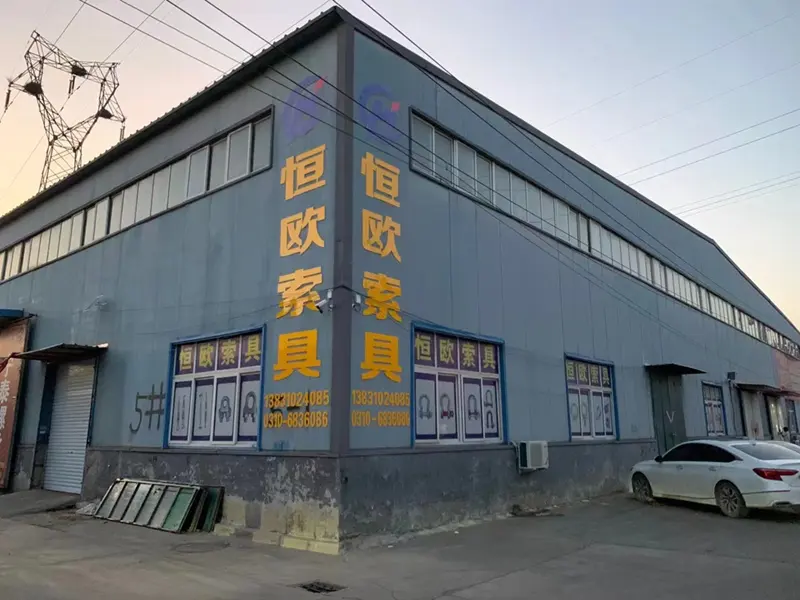
Th12 . 30, 2024 10:19 Back to list
Hydroxyalkyl Cellulose and Its Applications in Modern Industry and Technology
Hydroxyalkyl Cellulose Versatile Polymer for Modern Applications
Hydroxyalkyl cellulose (HAC) is a category of cellulose derivatives that has gained significant attention in various industries due to its unique properties and versatile applications. As a water-soluble polymer, hydroxyalkyl cellulose is characterized by the introduction of hydroxyalkyl groups into the cellulose structure, enhancing its solubility and functionality. This article will explore the properties, benefits, and diverse applications of hydroxyalkyl cellulose in contemporary settings.
Chemical Structure and Properties
Hydroxyalkyl cellulose is formed by the reaction of alkylene oxides, such as ethylene oxide or propylene oxide, with cellulose. The resulting product retains the fundamental cellulose backbone while incorporating hydroxyalkyl groups that improve its solubility in water and organic solvents. The degree of substitution (DS) and molecular weight of hydroxyalkyl cellulose can be tailored during the synthesis process, leading to a broad range of products with varying characteristics.
One of the defining features of hydroxyalkyl cellulose is its exceptional water solubility. This property allows it to dissolve easily in both hot and cold water, forming clear, viscous solutions that can be utilized in a variety of formulations. Additionally, hydroxyalkyl cellulose exhibits excellent film-forming capabilities, emulsion stabilization, and thickening properties, making it a valuable ingredient in numerous applications.
Applications in Various Industries
1. Cosmetics and Personal Care Hydroxyalkyl cellulose is commonly used in the cosmetics industry due to its thickening and emulsifying properties. It is an essential ingredient in products such as lotions, creams, shampoos, and conditioners. HAC enhances the texture and stability of formulations while providing a smooth, luxurious feel on the skin and hair.
hydroxyalkyl cellulose

2. Pharmaceuticals In the pharmaceutical sector, hydroxyalkyl cellulose serves as a critical excipient. It is employed as a binder in tablet formulations, aiding in the compression of active ingredients. Additionally, its film-forming properties are utilized in coatings for tablets and capsules, ensuring the controlled release of active compounds and improving the overall stability of pharmaceutical products.
3. Food Industry Hydroxyalkyl cellulose is recognized as a safe food additive and is used as a thickening agent, stabilizer, and emulsifier in various food products. It contributes to improved texture and mouthfeel, making it particularly valuable in sauces, dressings, and dairy products. Furthermore, HAC can enhance the shelf life of food items by providing better moisture retention.
4. Construction and Coatings The construction industry benefits from the use of hydroxyalkyl cellulose as a thickener and water-retaining agent in cement-based formulations. It improves workability and prevents cracking in mortars and plasters. Moreover, HAC is employed in paints and coatings to enhance viscosity and ensure uniform application.
Environmental Considerations
Hydroxyalkyl cellulose is derived from natural cellulose, making it a more environmentally friendly alternative to synthetic polymers. Its biodegradability and low toxicity further contribute to its appeal in sustainable formulations. As the demand for eco-friendly alternatives continues to grow, hydroxyalkyl cellulose stands out as a responsible choice for various applications.
Conclusion
Hydroxyalkyl cellulose is a versatile and functional polymer with a wide range of applications across different industries. Its unique properties, including water solubility, emulsification, and thickening capabilities, make it an invaluable ingredient in cosmetics, pharmaceuticals, food, and construction. As industries increasingly prioritize sustainability and eco-friendliness, hydroxyalkyl cellulose is poised to play a significant role in shaping the future of formulations and products across diverse sectors.
-
Versatile Hpmc Uses in Different Industries
NewsJun.19,2025
-
Redispersible Powder's Role in Enhancing Durability of Construction Products
NewsJun.19,2025
-
Hydroxyethyl Cellulose Applications Driving Green Industrial Processes
NewsJun.19,2025
-
Exploring Different Redispersible Polymer Powder
NewsJun.19,2025
-
Choosing the Right Mortar Bonding Agent
NewsJun.19,2025
-
Applications and Significance of China Hpmc in Modern Industries
NewsJun.19,2025







